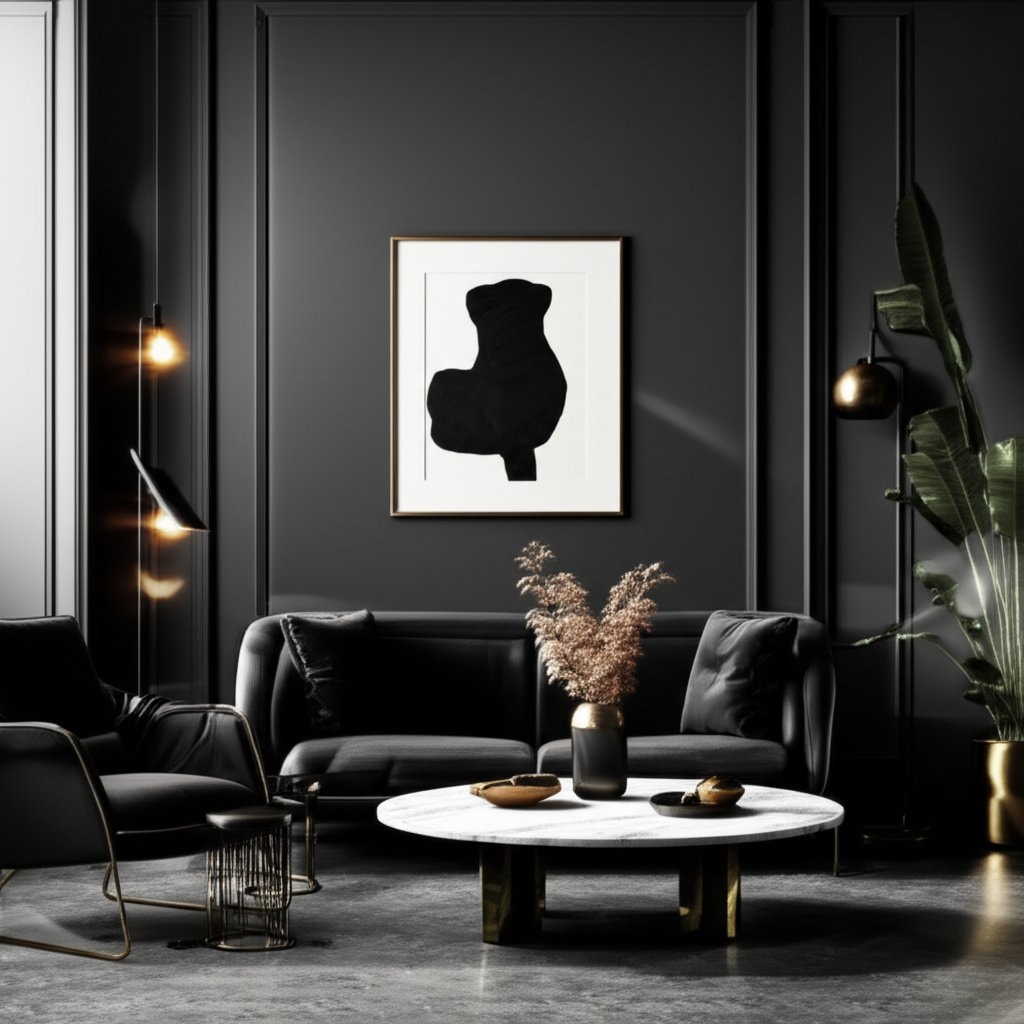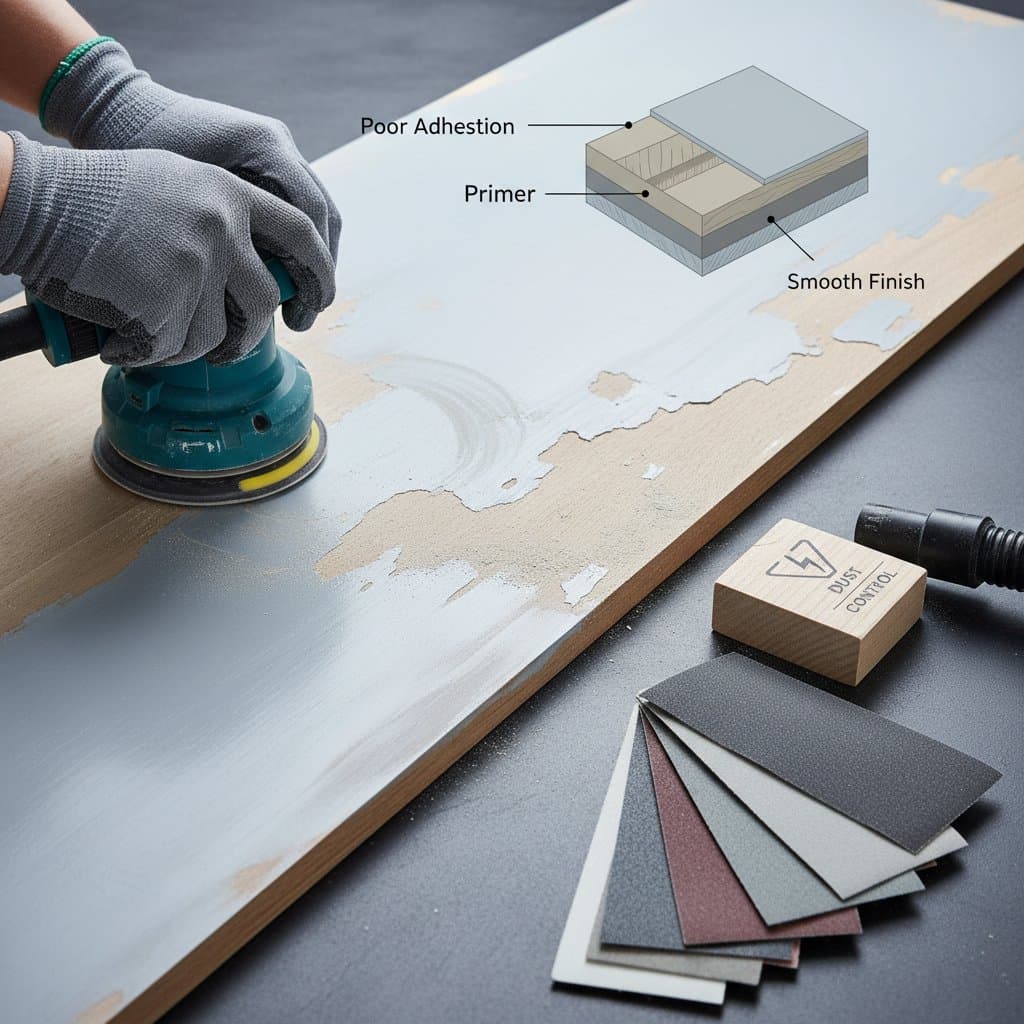Black Paint's 300% Surge: 2025's Bold Home Trend
Homeowners frequently encounter evolving color trends, yet black paint stands out for its striking impact on contemporary interiors. Previously limited to accents, trim, or outdoor elements, black now experiences a remarkable 300 percent increase in demand. This shift influences approaches to interior and exterior design, emphasizing balance, contrast, and atmosphere in living spaces.
The appeal of black paint extends beyond temporary trends. It signals a move toward refined, assertive aesthetics that deliver lasting visual interest. Homeowners apply it to walls, cabinets, or siding to craft environments that blend drama with elegance.
Project Cost Breakdown
Average Cost Ranges
Incorporating black paint demands consideration of more than color selection. Expenses depend on preparation efforts, paint quality, and project scope.
- Basic project: $2,000 to $3,500 for a single room featuring standard walls and minimal preparation.
- Standard project: $4,000 to $8,000 for several rooms using superior paint and intricate trim details.
- Premium project: $10,000 to $20,000 for complete interior or exterior transformations with custom finishes.
What's Included
Standard services cover essential steps for a professional outcome.
- Labor for surface preparation, including sanding and priming.
- Application of at least two coats to ensure even depth and full coverage.
- Supplies like drop cloths, masking tape, brushes, and rollers.
- Post-project cleanup along with minor touch-ups.
What Costs Extra
Certain enhancements increase the budget.
- Custom finishes, including matte, satin, or textured options, at an additional $2 to $5 per square foot.
- Refinishing cabinets or built-in units, ranging from $100 to $200 per item.
- Access to high ceilings, staircases, or elaborate trim, necessitating ladders or scaffolding.
- Exterior applications requiring durable, weatherproof paints and sealants.
Factors That Affect Final Cost
Several variables influence the total expense.
| Factor | Cost Impact | Examples |
|---|---|---|
| Paint quality | +20% to 40% | High-end low-VOC formulas provide better longevity and finish quality. |
| Surface prep | +$500 to $3,000 | Tasks such as wallpaper removal, drywall repairs, or surface sanding. |
| Project scale | Wide variation | An accent wall compared to a comprehensive exterior overhaul. |
| Labor rates | Regional differences | Higher charges in metropolitan locations due to elevated professional rates. |
Why Black is Gaining Popularity
Black functions as a strategic element in design, enhancing form and focus. Key drivers behind its ascent include the following:
- Contrast and definition: Black surfaces highlight adjacent light hues and organic materials effectively.
- Versatility: It integrates seamlessly with modern, industrial, traditional, or eclectic aesthetics.
- Sophistication: It imparts profound depth and luxury unattainable with pale shades alone.
- Resale appeal: Thoughtful application elevates property attractiveness, drawing interest from buyers seeking contemporary enhancements.
Timeline Expectations
Black paint projects align with typical painting schedules, though they demand heightened precision.
- Preparation: 2 to 5 days for thorough cleaning, sanding, repairs, and priming.
- Painting phase: 3 to 10 days, scaled to the extent of rooms or exterior areas.
- Drying and curing: 1 to 7 days, varying by finish type.
- Final inspection and touch-ups: 1 to 2 days.
A modest room typically completes in one week. Larger endeavors, such as full exteriors or multi-room interiors, extend to multiple weeks.
DIY vs. Professional Application
The intensity of black paint amplifies surface imperfections, posing challenges for amateur efforts.
- Skill requirements: Experts apply uniform layers free of streaks, whereas novice attempts frequently display tool marks.
- Time investment: Homeowners might dedicate a weekend, while professionals complete it in one or two days.
- Tools and equipment: Specialized sprayers, rollers, and brushes prove essential for optimal results.
- Safety considerations: Elevated or outdoor work involves secure ladders or scaffolding.
- Quality expectations: Professionals achieve seamless surfaces and precise edges around trim.
Consider DIY for isolated accent walls. For comprehensive areas, engage specialists to avoid subpar outcomes.
Choosing the Right Professional
Select painters equipped for dark hues through targeted evaluation.
- Research: Examine portfolios highlighting successful dark paint applications.
- Licensing and insurance: Confirm valid certifications for reliability and protection.
- Detailed quotes: Obtain breakdowns specifying labor, materials, and preparation costs.
- References: Review examples of prior black paint installations, as expertise varies.
- Contracts: Specify timelines, payments, and warranties in writing.
Preparing for a Black Paint Project
Effective setup ensures smooth execution.
- Clear or protect furniture and decorations from dust and overspray.
- Select finishes like matte for subtle texture or satin for practical maintenance.
- Assess lighting, as black diminishes brightness; incorporate ample sources to maintain spaciousness.
- Integrate complementary elements such as wooden accents, stone features, or metallic details to offset black's intensity.
Frequently Asked Questions
1. What makes black paint more expensive than lighter colors?
Achieving uniformity with black demands additional coats to conceal streaks and inconsistencies. Advanced formulations with fade-resistant pigments elevate costs by 20 to 40 percent over standard light paints.
2. How long does a typical black paint project take?
A single room requires approximately one week, encompassing preparation and drying. Extensive interiors or exteriors may require several weeks, influenced by surface state, area size, and external conditions.
3. Should I attempt to paint with black on my own?
DIY suits minor accents or furnishings, but full rooms or exteriors benefit from expert handling. The need for consistent coverage, clean lines, and robust finishes often surpasses typical homeowner capabilities.
4. How do I choose the right contractor for a black paint project?
Prioritize demonstrations of dark color expertise, verify credentials, and evaluate detailed proposals. Experience with black's unique demands ensures superior execution.
5. What should I expect during the process?
Anticipate initial days focused on preparation like sanding and priming. Crews apply multiple coats, monitor drying, and conduct final reviews. Maintain ventilation to support proper paint setting.
6. What are common problems with black paint, and how can they be prevented?
Challenges encompass patchy application, exposed flaws, or overly dim rooms. Mitigate them with quality primers, layered coats, and strategic pairings of light elements or illumination. Professional involvement further reduces occurrences.
Embracing Black for Lasting Impact
Opting for black paint represents a decisive step toward elevated design. Thorough preparation and expert execution convert potential challenges into enduring enhancements. Homeowners gain spaces that exude modernity and poise, yielding satisfaction for years ahead.



